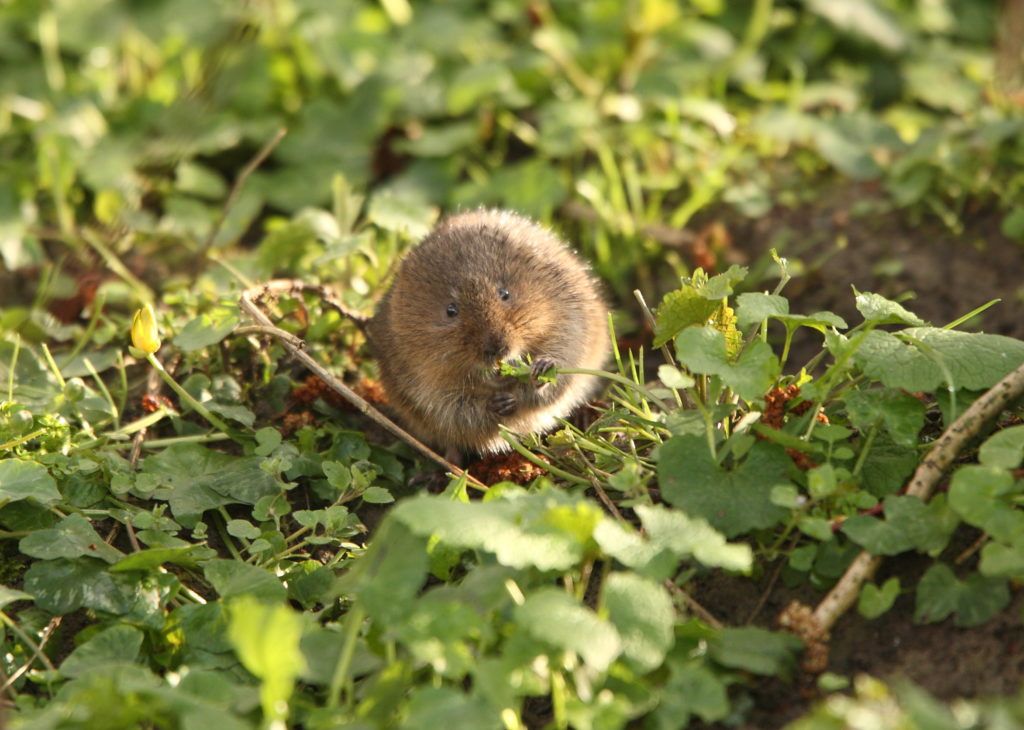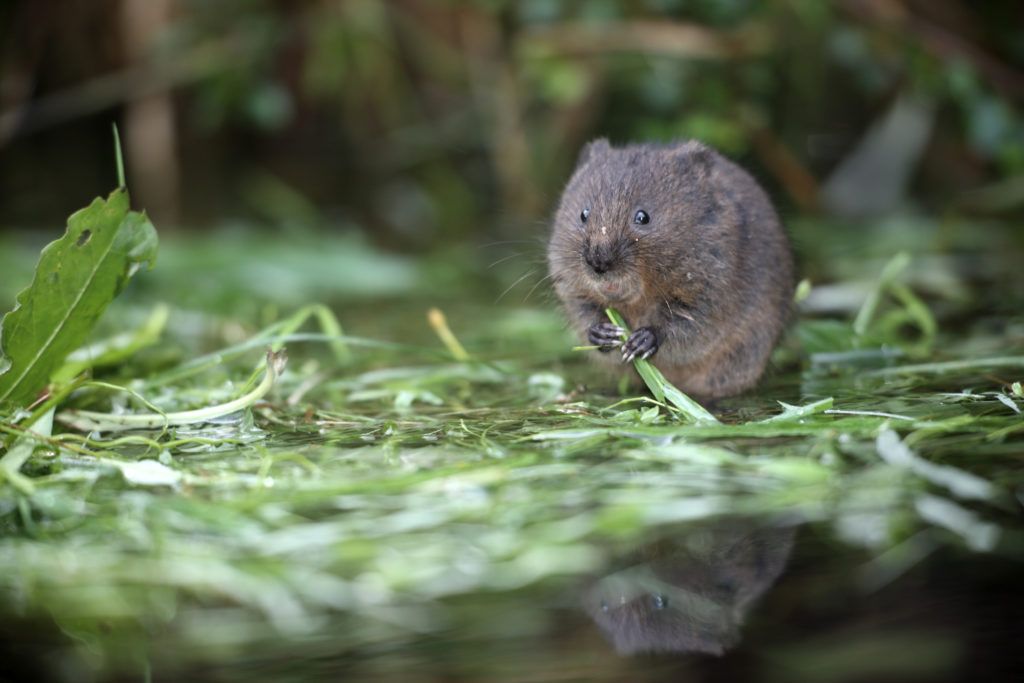Water vole appeal
Make your donationWill you help water voles recover today?
Water voles and the places they live are under extreme pressure. Their numbers fell by a catastrophic 90% in the 1990s alone – mainly due to the release and spread of non-native American mink into the wild. They’re also under threat as their homes are destroyed when river banks are built on and concreted over.
It’s crucial to protect water voles’ homes and to safeguard them from developments and non-native mink. Mink still pose a serious threat to water voles so early detection of them is key, especially in areas where water voles have been reintroduced or where their populations are increasing. So we’re excited about some new research we’ve just begun funding which should improve the way we monitor water voles. At the moment we rely on surveys that look for the signs that water voles leave behind (droppings and feeding remains), but these surveys can be time consuming and require expert knowledge.
A quicker, less invasive method to establish water vole presence in a lake or river is to sample for environmental DNA (eDNA). All living creatures shed DNA as they move about, and it can be found in soil, snow and water. We’ll take small samples of water and test them for water vole DNA. We will carry out traditional survey methods at the same time, so we can compare how effective the different methods are, and if eDNA testing can consistently detect water voles. If we can prove this is as effective as traditional water vole surveying, we’ll have a new, easier way to monitor and help water voles.

This method could also be used for early detection of predators, like mink, and will be particularly useful when protecting water voles from the effects of development projects. Developers are legally obliged to check for water voles when building near water, as they’re a protected species. An effective, simple method of surveying for water voles could mean that mitigation can be put in place quickly to protect water voles from building works that would destroy their riverbank homes. eDNA is already being used to survey for great crested newts at development sites, so it would be fantastic if this method can also be used for water voles.
Donate now and help us protect water vole and their homes


